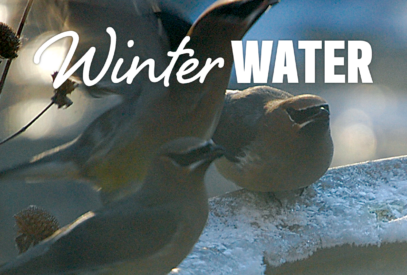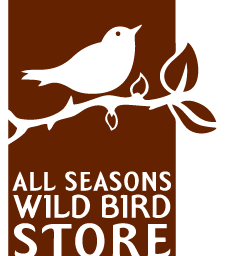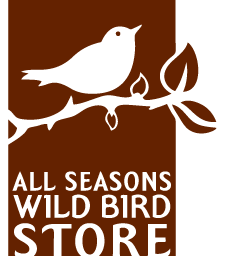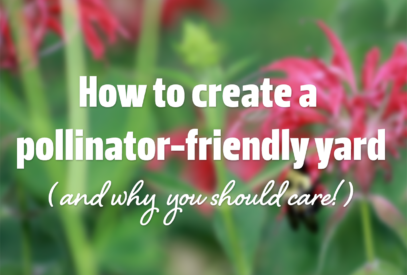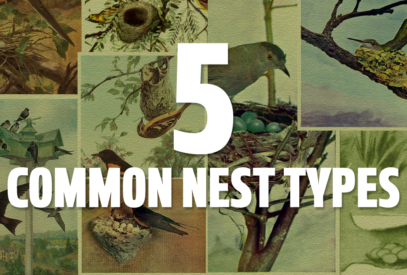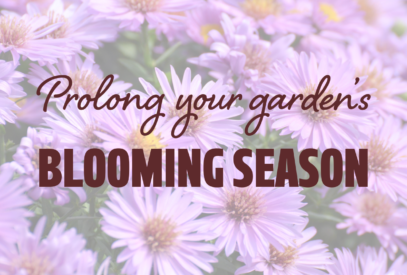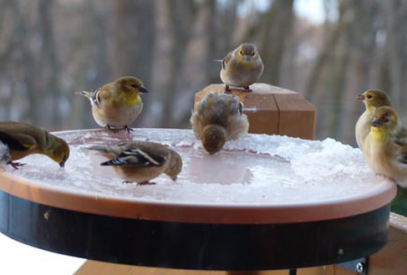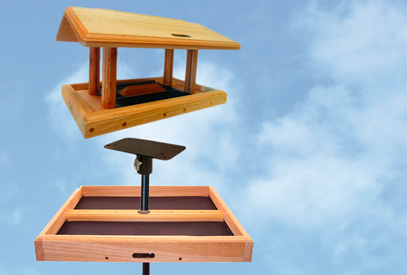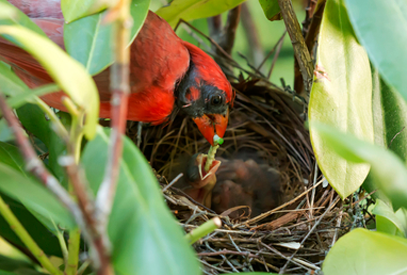Want to attract more birds to your yard this winter? Supply a source of open water! When temperatures drop, birds are in a constant struggle to maintain their body temperatures. A steady source of fats and proteins will help to nourish and fuel birds’ metabolic needs and keep them warm. But also important—a source of water that is accessible (i.e.…
